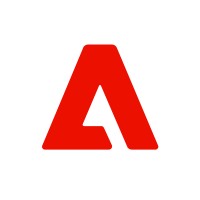
Adobe Commerce
Adobe Commerce is the world’s leading digital commerce solution for merchants and brands. With Adobe Commerce, you can build engaging shopping experiences for every type of customer — from B2B and B2C to B2B2C. It’s built for enterprise on a scalable, open-source platform with unparalleled security, premium performance, and a low total cost of ownership. Businesses of all sizes can use it to reach customers wherever they are, across devices and marketplaces. It’s more than a flexible shopping cart system. It’s the building block for business growth.






